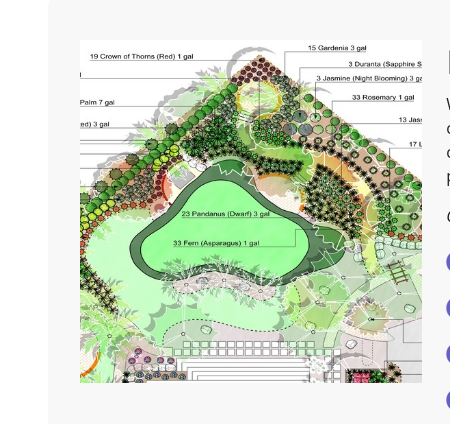Efficient water distribution is essential for maintaining lawns, gardens, and agricultural land. However, designing an effective sprinkler system that ensures even coverage and minimizes water wastage is no easy task. This is where a sprinkler system design tool comes in. These tools streamline the process, reduce errors, and offer considerable advantages for individuals and professionals looking to optimize irrigation systems.
Streamlined Planning and Design Process
Using a sprinkler system design tool eliminates the guesswork from the planning phase. By offering preloaded configurations, precise calculations, and visual layouts, these tools guide users through designing a customized watering solution. Whether you’re setting up a system for a small backyard or an expansive agricultural field, these tools simplify the otherwise complex task of determining the number of sprinklers, their placement, and the required water pressure.
An added benefit is the visual aspect. With a clear, user-friendly interface, users can map out irrigation zones, visualize water coverage, and adjust the design as required. This ensures that every inch of the area receives adequate water, preventing both overwatering and underwatering.
Optimized Water Distribution
Sprinkler system design tools focus on achieving efficient water usage. They assess factors like soil type, vegetation density, and climate to help create an irrigation layout tailored to specific needs. By optimizing water distribution, users can significantly reduce unnecessary water usage, which is not only environmentally beneficial but also cost-effective.
Advanced design tools consider variables like water flow and sprinkler overlap to ensure maximum efficiency. When combined with precise calculations, this results in balanced water distribution that nurtures healthier plants and reduces the risk of water pooling or dry patches.
Time and Cost Efficiency
Manually planning a sprinkler system can be time-consuming, especially when factoring in adjustments and recalculations due to design errors. A sprinkler system design tool speeds up this process by providing accurate calculations and detailed layouts in minutes. This allows users to focus on implementation rather than spending hours refining designs.
Additionally, these tools help save costs by reducing errors and waste. With optimized layouts and precise measurements, users can avoid purchasing excess components or hiring professionals to correct inefficient designs. The up-front investment in a design tool is quickly offset by the savings earned through minimal resource wastage.
Improved Accuracy and Customization
One of the major benefits of sprinkler system design tools is their accuracy. These tools take into account variables like pipe diameter, water pressure, and slope, providing calculations that are far more reliable than manual estimates. This accuracy ensures that the system will perform as expected once implemented, reducing the chances of operational issues.
Customization is another key advantage. Users can tailor every aspect of the irrigation system to suit their specific needs. From choosing the type of sprinklers to determining zones and scheduling, these tools allow for complete control over the design process. This flexibility ensures that the system is perfectly suited to the unique requirements of the area.
Enhanced Maintenance and Scalability
Beyond the initial setup, a sprinkler system design tool also plays a role in ongoing maintenance and future upgrades. By saving the original layout and configuration, users have a clear reference point for repairs or adjustments. This can be particularly helpful when scaling up the system for larger areas or adapting it to changing needs.

